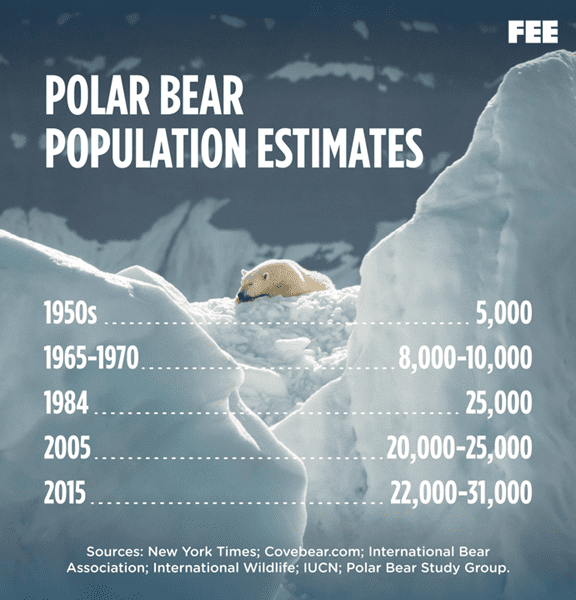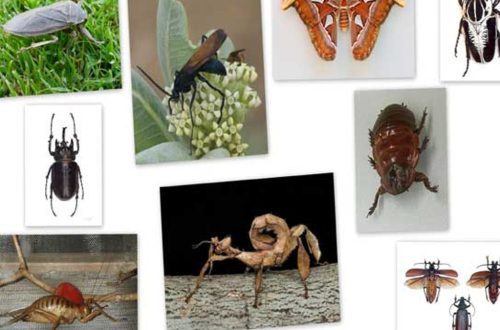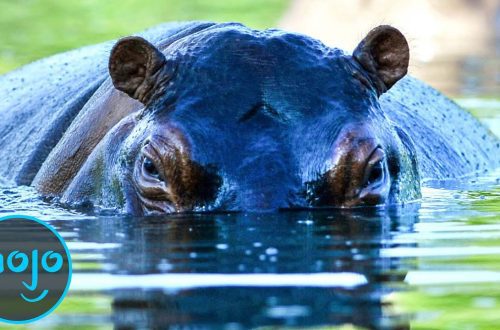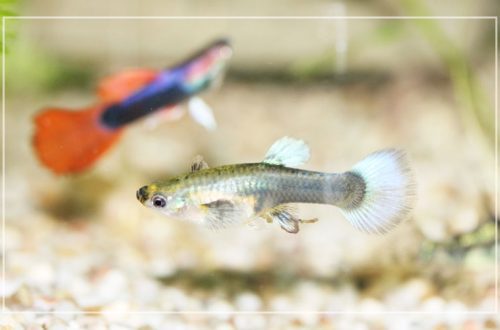
Why the number of polar bears is decreasing: what are the reasons
Why is the number of polar bears decreasing? Since 2008, this animal has been included in the Red Book. But after all, the polar bear is a rather serious predator, with which few people can compete. What is the reason for such a serious decline in its population?
Contents
Why is the population declining polar bears: what are the reasons
So, what are the reasons for this situation?
- The main reason why the number of polar bears is decreasing is the drifting of ice and their melting. According to statistics, over the past few decades, the area of ice has decreased by a couple of million square kilometers. Meanwhile, polar bears often live on the ice! But females give birth on the shore in dens. And getting to them is becoming more and more difficult – the ice often breaks off and drifts, drifting further and further away from the land. In addition, they crumble more easily, and animals have to swim huge distances. Despite the fact that polar bears are quite hardy animals, it can be incredibly difficult for them to swim too long distances. Especially the bear cubs. Not all individuals cope with such a task. In addition, do not forget that there is very little food in deep water.
- Speaking of water, its quality often leaves much to be desired lately. Since oil is produced quite actively, it is, accordingly, often transported. And during transportation, various accidents sometimes occur, as a result of which oil spills into the water. Entire films have been made about what oil in water is – such accidents really lead to horrific consequences. The oil film, despite the fact that it is thin, leads to the destruction of both fish and other marine life. But this is food for bears! In addition, oil that gets on the bear’s fur leads to the fact that the animals begin to freeze – the heat-insulating properties of the wool are lost. Oil spilled even from one tanker can, unfortunately, lead to horrific consequences.. Including death from hunger and cold of polar bears.
- Get into the water and other harmful substances. This refers to heavy metals, radionuclides, fuels and lubricants, pesticides. As studies show, they negatively affect the state of the endocrine system and immunity of bears. And, of course, all these substances destroy the food of the bears.
- Of course, poachers are extremely harmful to the population of polar bears. Despite the fact that the ban on hunting these animals has been in effect since 1956, nothing stops those who want to get their extremely valuable skin.
- This factor is rarely talked about, but it still needs to be mentioned. We are talking about mixing species: in regions that are characterized by the junction of the habitats of the polar and brown bears, they interbreed. The offspring resulting from such crosses are called “grolar”, “pizzly”. And, it would seem, what’s wrong with that? After all, bears breed, genes are transmitted, including the white species. However, unlike their brown counterparts, which are able to adapt, white bears are completely ecologically inflexible. They are simply not able to survive in the tundra, semi-deserts or mountains.
Why the white population bears are hard to recover
Why hard to repopulate whites bears?
- First of all, it should be noted that polar bears are not social animals. They are used to living mostly alone. And one, of course, is much more difficult to get food, to cope with difficulties. Despite the fact that the bear has no enemies in nature, except for humans, as can be seen from the previous paragraphs, it can be difficult for him to survive. It is much easier for herd animals to survive even with more problems. Even pairs of white bears are created only for the duration of the mating season. And, barely becoming pregnant, the female immediately leaves the male.
- Speaking of pregnancy, polar bears have it for 250 days! A long enough period for a quick recovery of the population, you see.
- Cubs can appear at a time no more than three. Of course, it is not uncommon for only one bear cub to be born.
- Puberty in polar bears occurs quite late compared to other animals. Namely, in 3, and even in 4 years. Of course, some bears die before they have time to leave offspring.
- According to statistics, approximately 30% of polar bear cubs die. I mean newborn animals. Given the small amount of offspring that the female is able to bring at one time, this is a lot.
Large predator with excellent sense of smell, sharp hearing and amazing skills in swimming – how can such an animal be on the brink of extinction? Turns out, maybe! About why, we told in this article. Of course, I would like to hope that the situation will improve in the future for the better.





